
Judging from the very recent outcomes in the NFL Draft, the Southeastern Conference is a league filled with immense talent at nearly every position on the defensive side of the ball. As is a yearly tradition, many found themselves on national All-American lists and some even found themselves taking home individual position awards for their stellar campaigns. From the teams who are consistently at the top of the standings to the teams breaking in brand-new head coaches, talent can be found on every roster if you look close enough. While the flood of talent is very real, the ways of measuring it on the defensive side of the ball are very limited. Often times,
players are judged on very basic numbers like tackles that don't tell the full story of their ability for a variety of reasons. For one, some positions on the field aren't typically responsible for a majority of tackles. By looking at the numbers,
you'll see that tackles are always dominated by linebackers. Second, teams with poor defenses typically gain more tackles than their more skilled counterparts because they usually surrender longer drives with more plays. These two biases, among others, led me to create a new and more advanced way of judging how tackles are counted in the SEC.
Recently, I stumbled upon Brian Burke's Advanced NFL Stats website. On his site, he created a number of new ways to evaluate players and teams in the NFL, including
Tackle Factor. Tackle Factor is very similar to baseball's Range Factor which replaced the antiquated Fielding Percentage. When discussing Fielding Percentage, Burke stated the following, "
Fielding skill was measured solely by the Fielding Percentage stat, which is a player’s number of put-outs and assists divided by his total of put-outs, assists, and errors. It’s basically a player’s “non-error rate.” This is a flawed way of looking at fielding for many reasons. For one thing, you can't make an error if you can't get to the ball." To correct this,
Burke created Tackle Factor,
which tells you how many tackles a player makes above or below average relative to his position. Since this is a much better way of examining tackles over the brutally outdated tackle stat, I applied a similar formula with some modifications to the SEC.
Whereas Burke found team position averages and then applied it to individual players,
I averaged how many tackles an individual is typically responsible for at his position. In the professional game, for example, the ILB position is responsible for 21.5% of team tackles. I determined the average individual linebacker is usually responsible for 3.6% of team tackles in the SEC. It was measured this way for two reasons. First, players in college often play multiple positions, so a concrete position like inside linebacker would be difficult to measure. Secondly, teams sometimes deviate from their base defense in college. By placing players in general categories like DB, DL, and LB , we can correct this issue. Finally, I measured the results in percentage of total team tackles made. By doing this, we can correct tempo discrepancies and the previous issue of bad teams getting to play more snaps than good teams.
The below charts contain data on the SEC's best tacklers at their respective positions. Standard deviations were used to place all positions on a relatively similar scale. These are 2012's numbers applied to this year's returning players.


 (Bud Dupree is currently listed as a Defensive End. However, last year he was a hybrid linebacker/end due to the 3-4 defense. I listed players according to 2012's stats and positions.)
(Bud Dupree is currently listed as a Defensive End. However, last year he was a hybrid linebacker/end due to the 3-4 defense. I listed players according to 2012's stats and positions.)
Overall, I'd say this new model is a vast improvement over the old way of measuring tackles for numerous reasons.
First, Jadeveon Clowney is undoubtedly one of the league's best tacklers. That's just common sense. Unfortunately, due to his position, he'll never lead the league in tackle percentage. Of the 30 players listed above, he'd be ranked 21st in basic tackle percentage. However, by using standard deviation, we see that he skyrockets into the league's top-10 in tackle percentage. Also, the SEC leaders in raw tackles,
A.J. Johnson and Avery Williamson, stay atop the list when the more advanced method is applied, proving their numbers are no fluke. When standard deviation is applied, the two find themselves standing head and shoulders above the rest.
This system isn't without flaw. For one, it penalizes players who play less. Also, if a team has a weak pass defense, more tackles in the secondary would be expected as offenses are generally going to exploit that particular weakness. Going forward, it may be more effective to measure proportionately on a per attempt basis.
Despite its pitfalls, this is a definite upgrade to the previous system of looking at basic tackle figures. As for Kentucky, Stoops may not have the most talent to work with at the current juncture, but he does have pieces that can make an impact on the defensive side next season.
 Judging from the very recent outcomes in the NFL Draft, the Southeastern Conference is a league filled with immense talent at nearly every position on the defensive side of the ball. As is a yearly tradition, many found themselves on national All-American lists and some even found themselves taking home individual position awards for their stellar campaigns. From the teams who are consistently at the top of the standings to the teams breaking in brand-new head coaches, talent can be found on every roster if you look close enough. While the flood of talent is very real, the ways of measuring it on the defensive side of the ball are very limited. Often times, players are judged on very basic numbers like tackles that don't tell the full story of their ability for a variety of reasons. For one, some positions on the field aren't typically responsible for a majority of tackles. By looking at the numbers, you'll see that tackles are always dominated by linebackers. Second, teams with poor defenses typically gain more tackles than their more skilled counterparts because they usually surrender longer drives with more plays. These two biases, among others, led me to create a new and more advanced way of judging how tackles are counted in the SEC.
Recently, I stumbled upon Brian Burke's Advanced NFL Stats website. On his site, he created a number of new ways to evaluate players and teams in the NFL, including Tackle Factor. Tackle Factor is very similar to baseball's Range Factor which replaced the antiquated Fielding Percentage. When discussing Fielding Percentage, Burke stated the following, "Fielding skill was measured solely by the Fielding Percentage stat, which is a player’s number of put-outs and assists divided by his total of put-outs, assists, and errors. It’s basically a player’s “non-error rate.” This is a flawed way of looking at fielding for many reasons. For one thing, you can't make an error if you can't get to the ball." To correct this, Burke created Tackle Factor, which tells you how many tackles a player makes above or below average relative to his position. Since this is a much better way of examining tackles over the brutally outdated tackle stat, I applied a similar formula with some modifications to the SEC.
Whereas Burke found team position averages and then applied it to individual players, I averaged how many tackles an individual is typically responsible for at his position. In the professional game, for example, the ILB position is responsible for 21.5% of team tackles. I determined the average individual linebacker is usually responsible for 3.6% of team tackles in the SEC. It was measured this way for two reasons. First, players in college often play multiple positions, so a concrete position like inside linebacker would be difficult to measure. Secondly, teams sometimes deviate from their base defense in college. By placing players in general categories like DB, DL, and LB , we can correct this issue. Finally, I measured the results in percentage of total team tackles made. By doing this, we can correct tempo discrepancies and the previous issue of bad teams getting to play more snaps than good teams. The below charts contain data on the SEC's best tacklers at their respective positions. Standard deviations were used to place all positions on a relatively similar scale. These are 2012's numbers applied to this year's returning players.
Judging from the very recent outcomes in the NFL Draft, the Southeastern Conference is a league filled with immense talent at nearly every position on the defensive side of the ball. As is a yearly tradition, many found themselves on national All-American lists and some even found themselves taking home individual position awards for their stellar campaigns. From the teams who are consistently at the top of the standings to the teams breaking in brand-new head coaches, talent can be found on every roster if you look close enough. While the flood of talent is very real, the ways of measuring it on the defensive side of the ball are very limited. Often times, players are judged on very basic numbers like tackles that don't tell the full story of their ability for a variety of reasons. For one, some positions on the field aren't typically responsible for a majority of tackles. By looking at the numbers, you'll see that tackles are always dominated by linebackers. Second, teams with poor defenses typically gain more tackles than their more skilled counterparts because they usually surrender longer drives with more plays. These two biases, among others, led me to create a new and more advanced way of judging how tackles are counted in the SEC.
Recently, I stumbled upon Brian Burke's Advanced NFL Stats website. On his site, he created a number of new ways to evaluate players and teams in the NFL, including Tackle Factor. Tackle Factor is very similar to baseball's Range Factor which replaced the antiquated Fielding Percentage. When discussing Fielding Percentage, Burke stated the following, "Fielding skill was measured solely by the Fielding Percentage stat, which is a player’s number of put-outs and assists divided by his total of put-outs, assists, and errors. It’s basically a player’s “non-error rate.” This is a flawed way of looking at fielding for many reasons. For one thing, you can't make an error if you can't get to the ball." To correct this, Burke created Tackle Factor, which tells you how many tackles a player makes above or below average relative to his position. Since this is a much better way of examining tackles over the brutally outdated tackle stat, I applied a similar formula with some modifications to the SEC.
Whereas Burke found team position averages and then applied it to individual players, I averaged how many tackles an individual is typically responsible for at his position. In the professional game, for example, the ILB position is responsible for 21.5% of team tackles. I determined the average individual linebacker is usually responsible for 3.6% of team tackles in the SEC. It was measured this way for two reasons. First, players in college often play multiple positions, so a concrete position like inside linebacker would be difficult to measure. Secondly, teams sometimes deviate from their base defense in college. By placing players in general categories like DB, DL, and LB , we can correct this issue. Finally, I measured the results in percentage of total team tackles made. By doing this, we can correct tempo discrepancies and the previous issue of bad teams getting to play more snaps than good teams. The below charts contain data on the SEC's best tacklers at their respective positions. Standard deviations were used to place all positions on a relatively similar scale. These are 2012's numbers applied to this year's returning players.


 (Bud Dupree is currently listed as a Defensive End. However, last year he was a hybrid linebacker/end due to the 3-4 defense. I listed players according to 2012's stats and positions.)
Overall, I'd say this new model is a vast improvement over the old way of measuring tackles for numerous reasons. First, Jadeveon Clowney is undoubtedly one of the league's best tacklers. That's just common sense. Unfortunately, due to his position, he'll never lead the league in tackle percentage. Of the 30 players listed above, he'd be ranked 21st in basic tackle percentage. However, by using standard deviation, we see that he skyrockets into the league's top-10 in tackle percentage. Also, the SEC leaders in raw tackles, A.J. Johnson and Avery Williamson, stay atop the list when the more advanced method is applied, proving their numbers are no fluke. When standard deviation is applied, the two find themselves standing head and shoulders above the rest.
This system isn't without flaw. For one, it penalizes players who play less. Also, if a team has a weak pass defense, more tackles in the secondary would be expected as offenses are generally going to exploit that particular weakness. Going forward, it may be more effective to measure proportionately on a per attempt basis. Despite its pitfalls, this is a definite upgrade to the previous system of looking at basic tackle figures. As for Kentucky, Stoops may not have the most talent to work with at the current juncture, but he does have pieces that can make an impact on the defensive side next season.
(Bud Dupree is currently listed as a Defensive End. However, last year he was a hybrid linebacker/end due to the 3-4 defense. I listed players according to 2012's stats and positions.)
Overall, I'd say this new model is a vast improvement over the old way of measuring tackles for numerous reasons. First, Jadeveon Clowney is undoubtedly one of the league's best tacklers. That's just common sense. Unfortunately, due to his position, he'll never lead the league in tackle percentage. Of the 30 players listed above, he'd be ranked 21st in basic tackle percentage. However, by using standard deviation, we see that he skyrockets into the league's top-10 in tackle percentage. Also, the SEC leaders in raw tackles, A.J. Johnson and Avery Williamson, stay atop the list when the more advanced method is applied, proving their numbers are no fluke. When standard deviation is applied, the two find themselves standing head and shoulders above the rest.
This system isn't without flaw. For one, it penalizes players who play less. Also, if a team has a weak pass defense, more tackles in the secondary would be expected as offenses are generally going to exploit that particular weakness. Going forward, it may be more effective to measure proportionately on a per attempt basis. Despite its pitfalls, this is a definite upgrade to the previous system of looking at basic tackle figures. As for Kentucky, Stoops may not have the most talent to work with at the current juncture, but he does have pieces that can make an impact on the defensive side next season.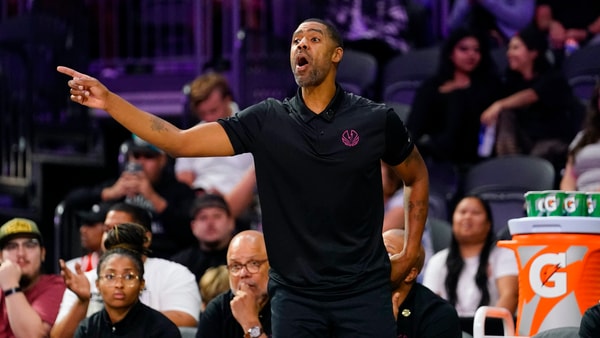
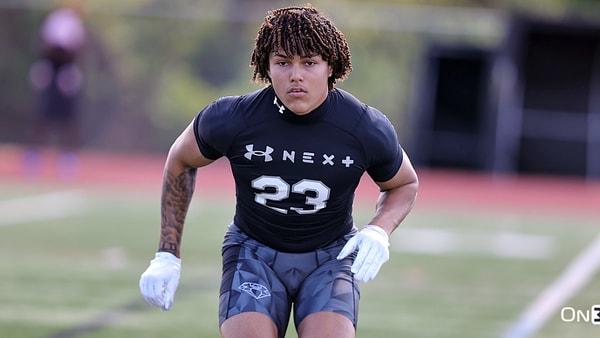
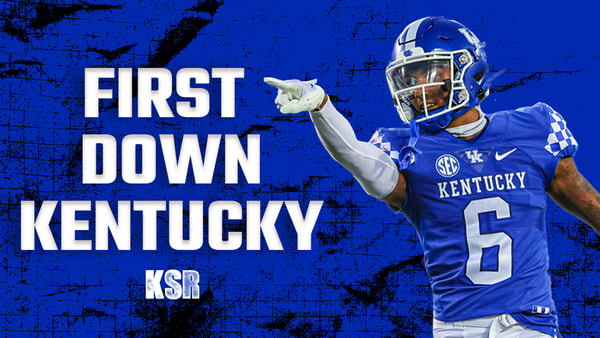
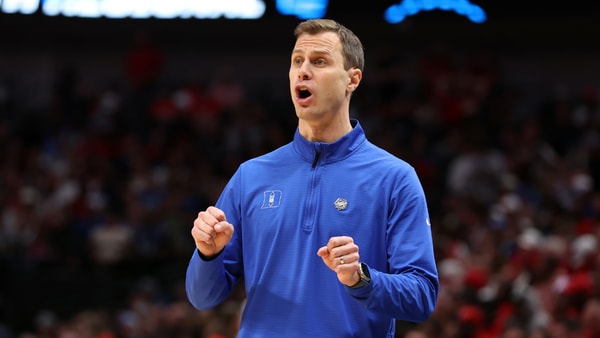
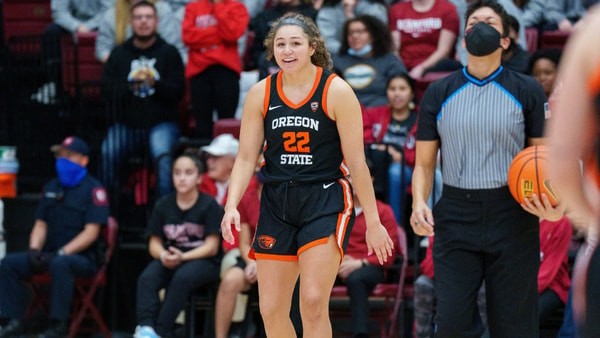
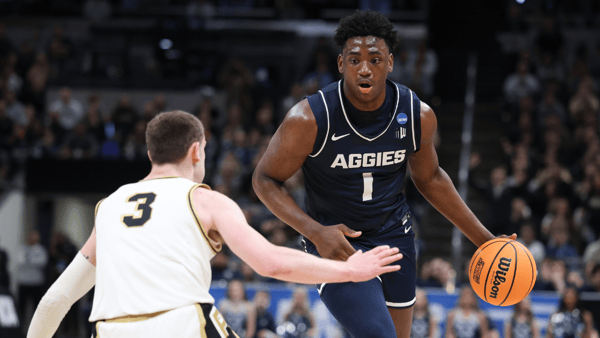
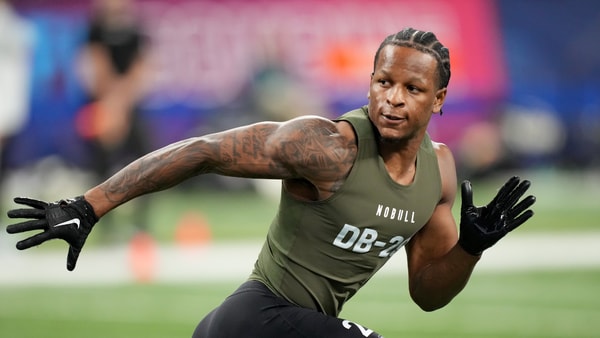
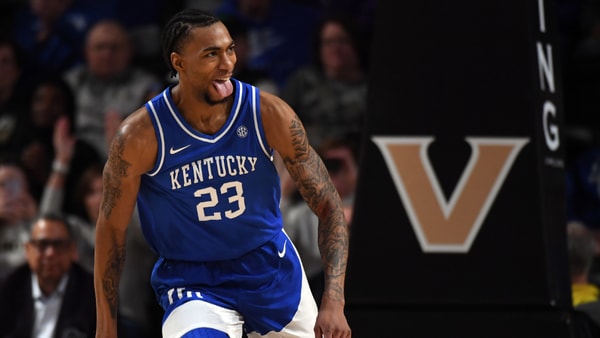
Discuss This Article
Comments have moved.
Join the conversation and talk about this article and all things Kentucky Sports in the new KSR Message Board.
KSBoard